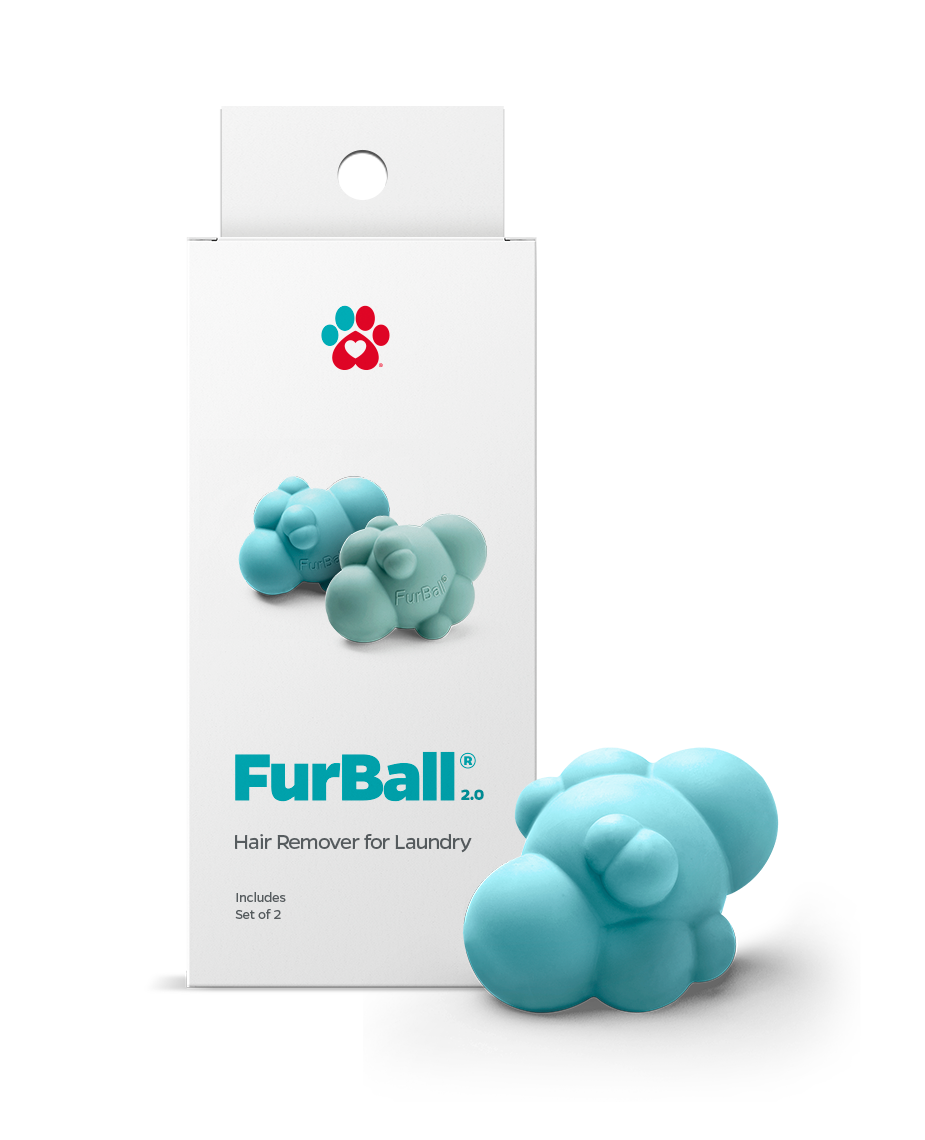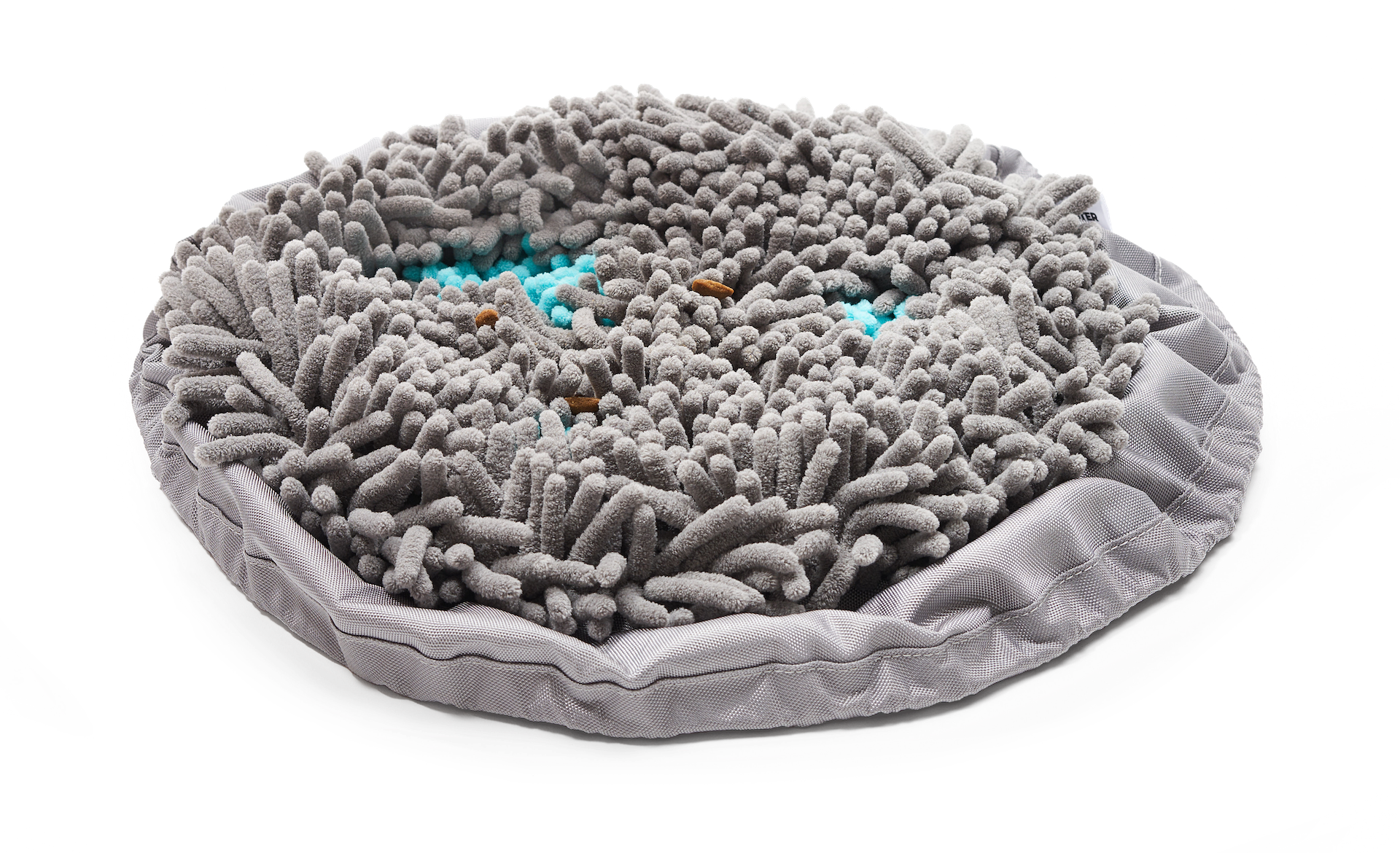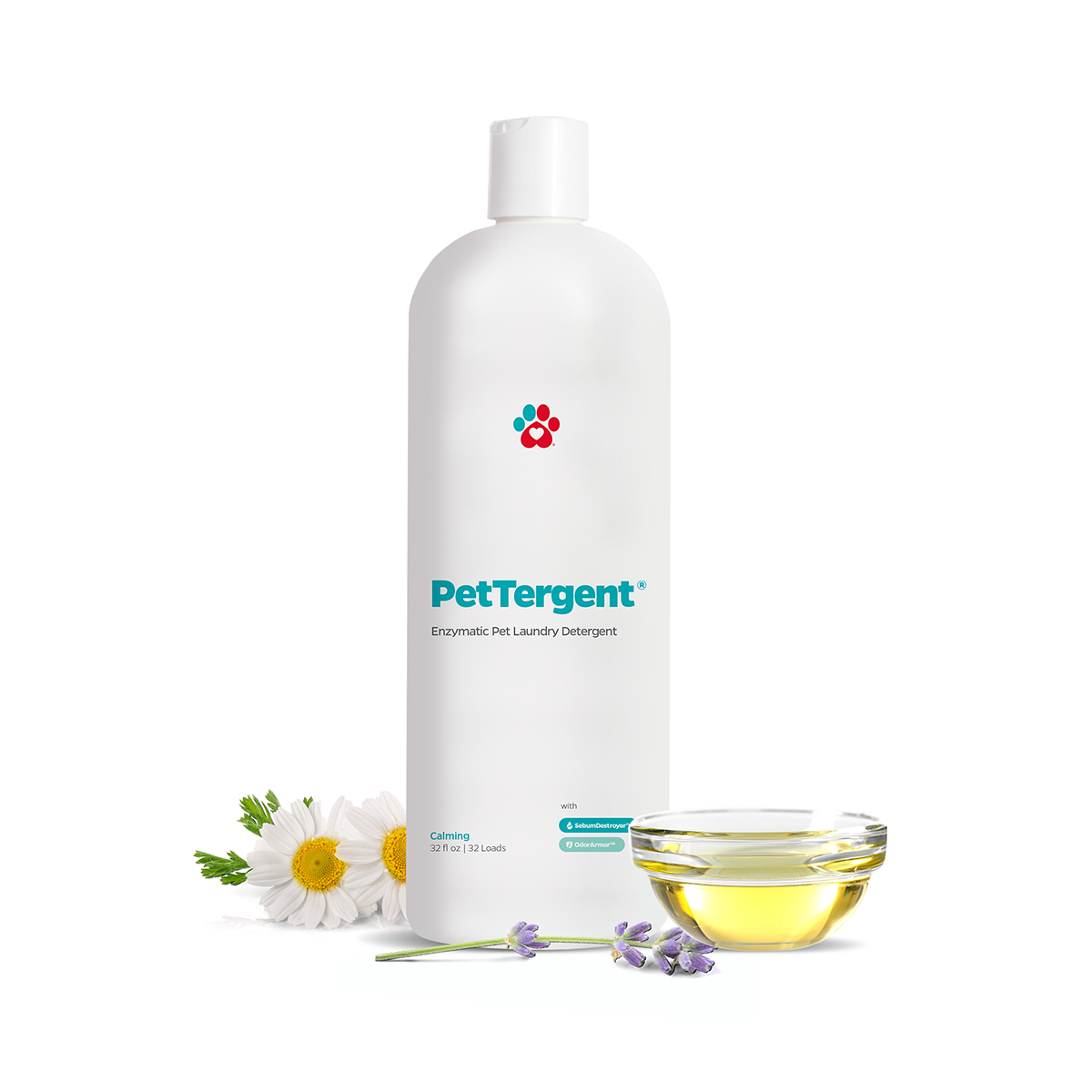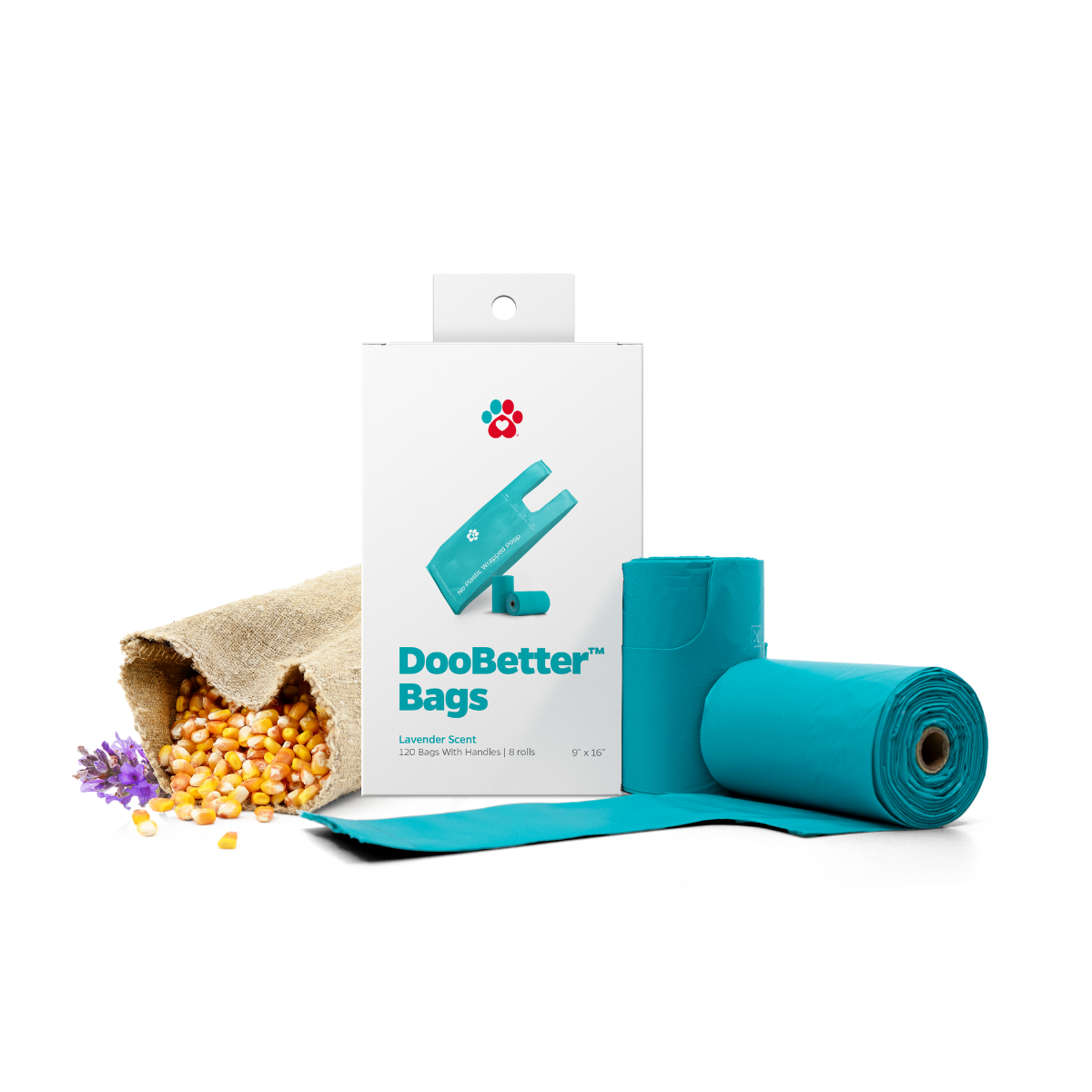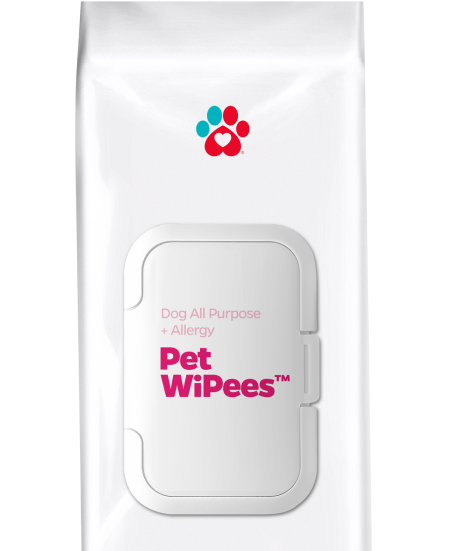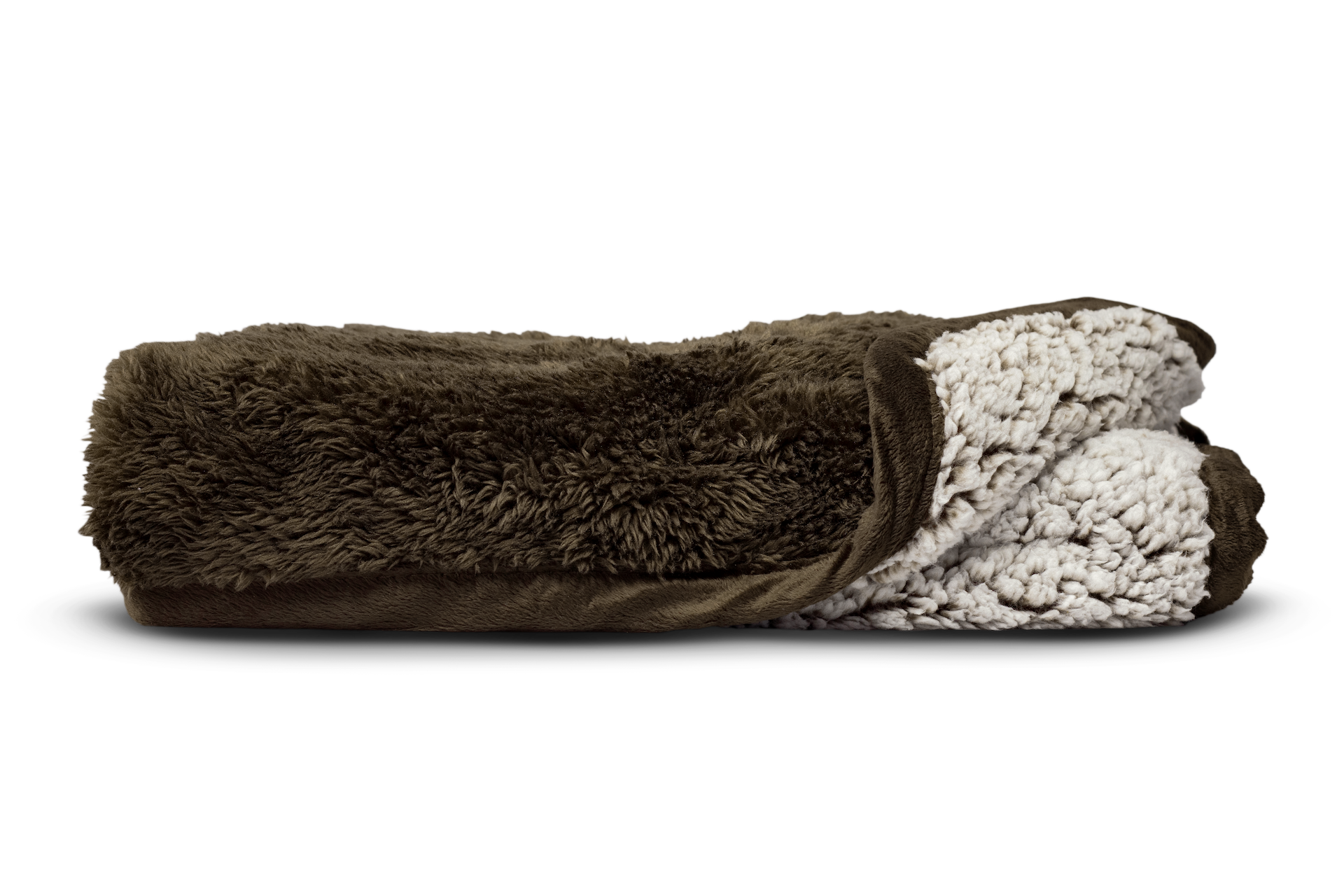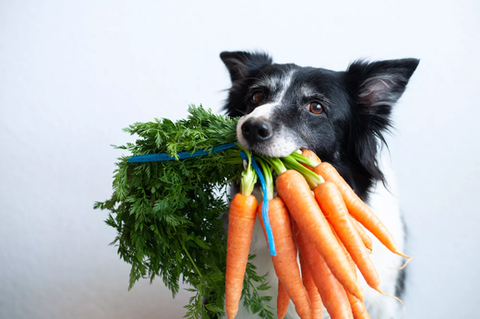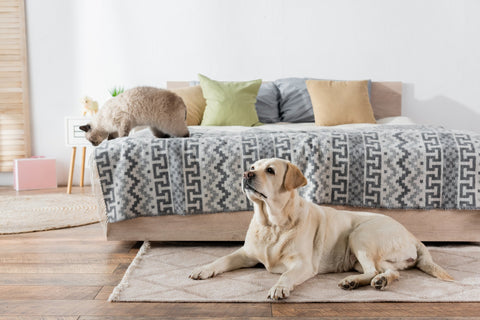Breeding your dog is both exciting and challenging.

"You should allow your female dog to pass her first two heat cycles before attempting to breed her."
Exciting because you will finally soon become a grandparent and be able to see what your dog can actually produce. Will the puppies look just like her? Will the puppies be better versions of your fur-baby? The possibilities are endless! And challenging because a lot of knowledge and hard work is required, not only for the breeding part but also for taking care of your female dog after giving birth, raising her litter, and finding her pups their forever home (in case you won't be keeping them all).
In this article, we are going to talk about the do’s and don’ts to ensure quality, healthy pups and parents, and responsible breeding.
The Right Age to Breed
You might be wondering when the right time to breed your dog is. This is important to understand and get right, otherwise, your female dog won’t be receptive to the male and the breeding process won’t be a success.
Before deciding to breed your female dog, you should allow her to pass her first heat cycle before attempting to breed her. It is on the second (sometimes third heat for late bloomers) that begins the prime in terms of fertility in dog breeding. During this time, your fur-baby’s hormone levels have reached the optimum level to prepare her uterus for a healthy pregnancy. She's also matured enough to take good care of her pups and has lesser chances of rejecting them.
Study Your Breed Standard
Every responsible breeder will make sure to breed their dogs only to dogs of the same breed. This is a way of preserving your dog's great traits and a way of uplifting the breed standards, rather than just mixing and matching your dog with some random dog just because you think they'll make cute puppies. Responsible breeders aim to make every litter an improvement and betterment of the parents. Always remember: Breed to improve.
Researching and studying about your breed will also equip you with enough knowledge to recognize possible breed health issues, conformation flaws, temperament concerns, among many others. Look for a mate for your dog that will eliminate or balance out those flaws and downsides.
Commit to Responsible Breeding
The responsibility in breeding your dog doesn't end after the mating stage. Might as well say it's just beginning! You need to understand the commitment that helping your female dog recover while taking good care of her litter is a full-time job.
Aside from the sleepless nights, you also have to put the financial cost of it all - the proper diet, whelping supplies, vaccinations, medical care, you name it! That's why commitment is very important here.

Perform pre-breeding health checks
You don't just mate your dog and then that's it. Long before your dog and your chosen stud mates, there is this thing called conditioning. Conditioning will guarantee you that both dogs are in good mental and physical conditions to produce great litter.
Conditioning includes regular veterinary visits, genetic problem screening, updated vaccinations & deworming, regular exercise and proper diet.
Choose the Type of Breeding
Just when you thought breeding couldn't get any more complicated. There are two procedures of mating you can actually choose from.
Natural Breeding. During this breeding, the male mounts the female from the back and clasps her midsection with his front legs. Continuous pelvic thrusts follow until penetration and ejaculation take place. After the pelvic thrusts cease, the male dog and female dog will not separate for 10 to 30 minutes but they will part naturally after.
Natural breeding may need the help of a human handler for guidance and assistance.
Artificial Insemination. Artificial insemination (AI) is the procedure of artificially introducing dog semen (fresh semen, fresh extended semen, frozen semen ) into the vagina of a female dog using AI kits.
Watch for Pregnancy Signs
Pregnancy signs in your dogs will become more visible a month after the stud session.
- Becomes exhausted/tired easily
- May have increased/decreased appetite
- Nipples are enlarged and its color changes
- Abdomen is enlarged
- May experience behavioral changes; becomes irritable and restless
- Shows nesting behaviors (this is a sign that your dog is near giving birth)
According to the American Kennel Club, you will notice a significant enlargement of her breasts and nipples, and might even detect some milky fluid. Her abdomen will increase in size, and may sway a little as she walks.
If you think your dog might be pregnant but are unsure of the signs, it's always advised that you visit your veterinarian to get a proper examination.
Prepare All that is Needed
It's great to prepare a whelping box for your dog ahead of time so she'll have the time to familiarize it and get used to it.
A whelping box should be dry, warm, and big enough for your dog to be able to move properly in preparation for delivery.
Suggested supplies needed for whelping:
- Pet Parents® Pawtect® Pads: These are washable puppy pads that help keep your mother dog and her litter nice, warm, and dry.
- Pet Parents® Dog Diapers: These are washable diapers for your mother dog to wear to avoid her from soiling the pads or the whelping box bedding.
- Clean towels, paper towels
- Thermometer
- Heating pads
- Iodine (to clean puppies' abdomen)

Provide Proper Nutrition in Preparation for Breeding
Your dog will need all the nutrients she can get before and after she gives birth as she will be nursing her fur babies for many weeks. It is suggested that instead of giving her two large meals a day, you should provide her with several meals a day and give her easy access to fresh water. You can also increase the amount of food to up to three times her normal feeding and give her calcium to prevent milk fever.
To ensure that your dog has all the nutrients she needs for motherhood, you can also opt-in giving her prenatal and multivitamins like Multifunctional SoftSupps®, Dog Multivitamins. Note: Make sure to consult your vet before giving any vitamins or supplements to your pregnant dog.
Maintain Good Hygiene When Breeding and Raising Puppies
Maintain good hygiene and constantly check her mammary glands for any signs of infection. Inspect and clean them daily. Keep her away from all soiled materials inside the whelping box. Use a washable whelping pad like Pet Parents® Pawtect® Pads that you can change out regularly. This will keep her pups away from infection.
As your dog will continue discharging blood (lochia) in the following weeks, in this case, Pet Parents® Washable Dog Diapers are a great option so your dog won’t be soiling the whelping box bedding and everyone's comfortable, dry, and happy!
House Your Dog and Her Puppies in a Stress-free Environment
While your female dog is lactating and recovering from delivery, stress must be avoided. It is best to not accept any visitors yet, so your dog can gain her strength in no time! The more time she has to relax, the less stressed she will be, and the quicker she will recover.
Breeding your dog is both an accomplishment and a responsibility that requires a lot of research, hard work, financial expenses, and preparation. These are required to ensure that both your female dog and her litter are happy and healthy.
"Use a washable whelping pad, like Pawtect® Pads, that you can change out regularly. This will keep her pups away from infection"

